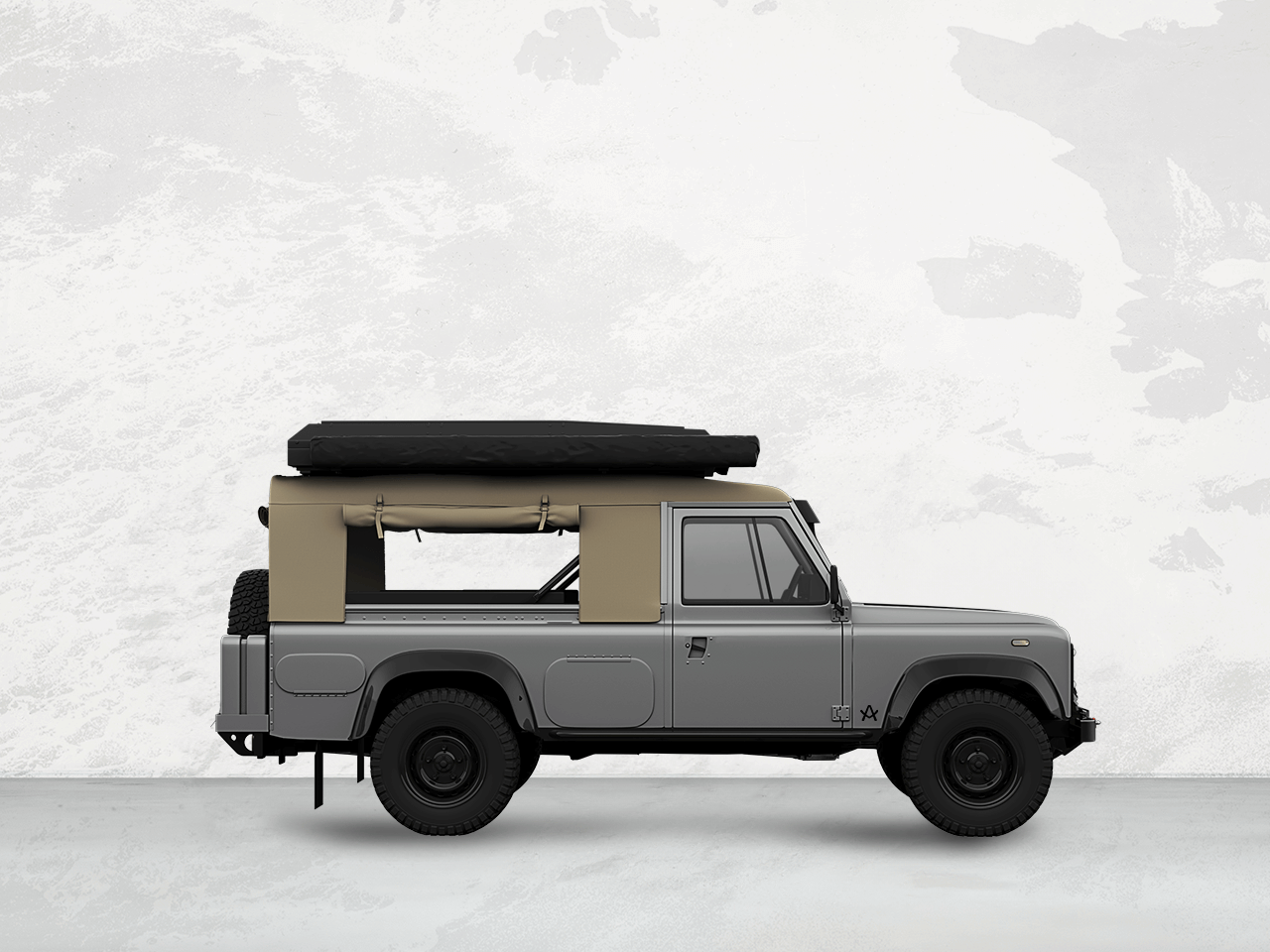
Engineering An Explorer Vessel
With the marine industry shifting towards sustainable development and technology, and clients pressing for new approaches to minimise environmental impact, Arksen are continually working on solutions from innovative technology, to the build, and life-cycle management. As the team at Arksen use their expertise to achieve this vision, Project Engineer, George Johnson shares his views on the engineering involved to create an authentic explorer vessel.
As the Project Engineer at Arksen, can you describe your role and where you source your inspiration?
My role is within the technical team, working closely with the Technical Director to design vessels in the Arksen Explorer range. This mainly involves 2D and 3D design and calculations for equipment, then specifying and scrutinising information from suppliers. I also work with our build partners to ensure that the finished products meet not only our high internal standards but also the needs of our customers. I often draw on my own experience from sailing yachts on long passages and my mountaineering and rock climbing background. Reflecting on this remarkably helps get into the mindset of an Arksen owner operating their vessel in a remote location, while crucially, being conducted in a self-sufficient manner.
I get inspired by the thought of our vessels being out exploring remote coastlines to ocean crossings, doing precisely what they were built for, and ultimately that drives me to ensure our vessels are fit for purpose. All yachts will eventually come to the end of their lives, and the minimum impact on the environment between now and then is what we need to strive for. Of course, it’s helpful to look around and see how other designers have tackled specific issues before, and sometimes that requires looking outside of the marine industry.
Due to changing maritime environmental regulations, how is Arksen advancing in the technology race to find the right solutions?
Arksen’s commitment and transparency to using sustainable working practices have been a core focus from its inception. While the team all share the same set of values, we continually ask ourselves if we are doing enough. So what can we do better, and how?
Some regions, such as the Norwegian UNESCO fjords, have banned carbon-emitting ferries and cruise vessels from 2026. This is clear evidence of how governments will force boat builders and others in the industry to comply with environmental goals and dictate which vessels can operate in environmentally sensitive areas.
Increasingly, news reports are painting a dim picture of tourism in remote regions affecting the depletion of ice cover, for example. We equip some Arksen vessels with hybrid-electric systems that allow silent running either while making way or at anchor without requiring a generator to be used. This allows us to minimise the impact of exhaust particulate emissions locally.
Naturally, remote areas are scientifically interesting, so equipping Arksen vessels to operate and carry out research on the ocean without impact is a crucial goal of ours.
When thinking of comfort onboard, what are your sea-keeping considerations?
We have several tools to provide an effective solution in any operating condition in terms of vessel motions. An example of this is the ‘no power’ option. This uses the flopper stoppers suspended in the water on the end of the davit booms to reduce rolling at anchor and the Humphree stabiliser fins as a low power option to reduce vessel motions. Optional gyro-stabilisers mounted low down in the vessel spin at high speeds to provide active stabilisation while at anchor. These features allow an Owner to have the confidence to explore some of the wildest locations on the planet without worrying about their boat pitching and rolling excessively.
Could you tell us about any specific challenges you overcame in the design process?
I predominantly work with our build partners to ensure that what is built is what was specified, but also the other way around, to ensure that what we ask them to build can be built!
A recent example of this is the hatches on the stern of the Arksen 85s that allow the domestic services to pass through. There are several connections in this area: shore power, deck shower, shore freshwater – but how could we hide these connections so they wouldn’t be as visible?
We drafted some ideas and thought that a pantograph hatch (similar to a car fuel filler hatch) would work really well to solve the problem. As I discussed this concept with the shipyard, it became apparent that to get a robust and corrosion-resistant hinge that can achieve this would be complicated, likely custom, and take up a significant amount of internal space. No doubt a solution along these lines would not survive being iced up while berthed in Greenland, and neither would gas struts still provide a reliable solution in the heat of the tropics and the cold of the Antarctic. So we adapted our design to be simplified, robust, and visually unobtrusive – hopefully, the viewer will agree!
It would be a disservice to Owners and others using our vessels (for example, scientists or researchers) to provide a solution that could fail in use and not be readily repairable. To some, functionality is beauty. On this note, we have added a spare connection within these hatches for anything in the future that may need to run into the lazarette but is concealed when not in use.


